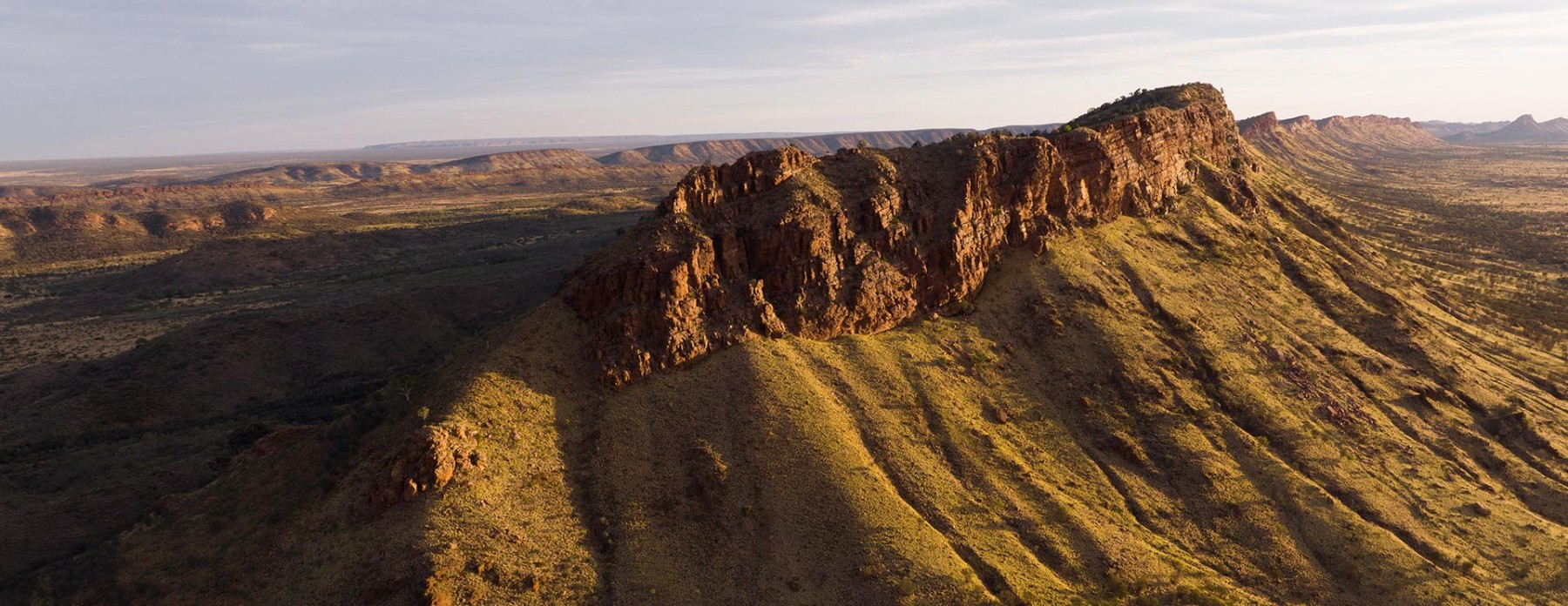Carbon emissions
In the context of climate change Tooltip button, carbon is commonly used as a shorthand for carbon dioxide, a greenhouse gas released by humans that has accelerated global warming. Tourism is a major emitter of greenhouse gases, accounting for about 8% globally1 , contributing to a warming climate. To avoid the worst impacts of climate change, governments around the world, including the NT, have committed to reduce carbon emissions to reach net zero Tooltip button by 2050.
1 The carbon footprint of global tourism, Natural Climate Change, published 2018.

Emission reduction
Before you start your journey towards emissions reduction, it is important to understand your current state. Scope 1, 2 and 3 emissions are a way of categorising the different kinds of carbon emissions a business creates in its own operations, and in its wider value chain. According to the World Travel and Tourism Council, your emissions as an operator in the tourism industry will largely be attributed to:
Scope 1
Emission
Direct emissions from sources owned or controlled by you:
- Fuel in tour buses and 4WD vehicles
- Fuel costs of charter flights and helicopters
- Diesel generators in remote locations
- Grounds maintenance (diesel and petrol run mowers)
- Business vehicle emissions
Scope 2
Emissions
Emissions from indirect consumption of energy and other purchases:
- Business premise heating and cooling
- Business premise energy consumption
- Hotel room heating and cooling
- Pool heating and cleaning
Scope 3
Emissions
Indirect emissions that you are involved in through your value chain:
- Business travel
- Third party transport and distribution
- Electricity consumed by suppliers
- Waste disposal
- Food and beverage supply and production
- Transport, such as flights or long-haul drives, taken by your visitors
Get started
In order to embark on your journey of becoming a sustainable tourism business, we have prepared fundamental areas of focus and tangible steps to incorporate sustainable practices into your day-to-day operations.
- Publicly declare your ambition to reduce your carbon footprint and become more sustainable. A great way to do this is on a dedicated page on your website.
- Identify a team or person in your business to champion sustainability and reduce your carbon footprint.
- Estimate your carbon emissions using a carbon calculator tool (there are many online tools out there, do your research and choose one that suits your business).
- Attempt to understand the emissions you are contributing through your current suppliers (Scope 3 emissions). You may need to ask them to provide that information, even if it is an estimate.
- Estimate how high you expect your carbon emissions to be by a set date in the future (determine a date that suits you; it could be 2030, 2050 etc). Set achievable and realistic targets to improve upon your estimate.
- Establish a strategy to achieve your newly set carbon emission reduction targets. This will form your ‘Net Zero Strategy’ and will greatly improve your carbon footprint.

Take further action
The below checklist is intended to encourage you to go beyond conventional methods and embrace innovation strategies that advance environmental stewardship. empower local communities, and offer genuine and responsible travel experiences.
- Research generation or purchase of carbon credits to offset any emissions you cannot practically reduce through changes in operations.
- Purchase high-quality credits that also result in environmental, economic, social or cultural benefits – known as co-benefits. For example:
- projects that increase biodiversity Tooltip button by protecting and regenerating native vegetation
- use of traditional fire management practices, providing new income streams in Aboriginal communities
- projects that improve soil health and resilience in the land sector.
- Pursue carbon neutrality and gain certification through a trusted standard such as Climate Active.
According to the Clean Energy Regulator, there are 3 ways to offset emissions in Australia:
Purchasing credits using the Carbon Market Institute (CMI) Carbon Marketplace.
The CMI Carbon Marketplace provides information about projects and agents that may have carbon credits for sale. Carbon credits generated in Australia are referred to as Australian Carbon Credit Units (ACCUs).
Purchasing credits through the Emissions Reduction Fund project register.
This may be a good option if there are specific ACCU projects you would like to support, such as those that are generating credits locally, or those with co-benefits.
Generating credits in line with the requirements of an Emission Reduction Fund project.
If you have the capability to reduce emissions or store carbon in soils or vegetation, you may be eligible to participate in the generation of ACCUs under the Emissions Reduction Fund.
A carbon footprint refers to the total amount of greenhouse gases (including carbon dioxide and methane) released into the atmosphere as a result of the activities of a particular individual, organisation, or community.
An emission of something, such as gas or vapor, is the release of it into the atmosphere.
A specific set of gas emission associated with human activities that alter the Earth’s climate are called greenhouse gas emissions.
Climate change refers to long-term shifts in temperatures and weather patterns. These shifts may be natural, such as through variations in the solar cycle. But since the 1800s, human activities have been the main driver of climate change, primarily due to burning fossil fuels like coal, oil and gas.
Net zero (also known as carbon neutral) means you do not emit more carbon than you sequester. This is achieved by balancing a measured amount of carbon released through operations with an equivalent amount sequestered or offset.
Direct emissions from sources owned or controlled by you.
Emissions from indirect consumption of energy and other purchases.
Indirect emissions that you are involved in through your value chain.
Biodiversity is all the different kinds of life you'll find in one area - the variety of animals, plants, fungi, and even microorganisms like bacteria that make up our natural world. Each of these species and organisms work together in ecosystems, like an intricate web, to maintain balance and support life.
